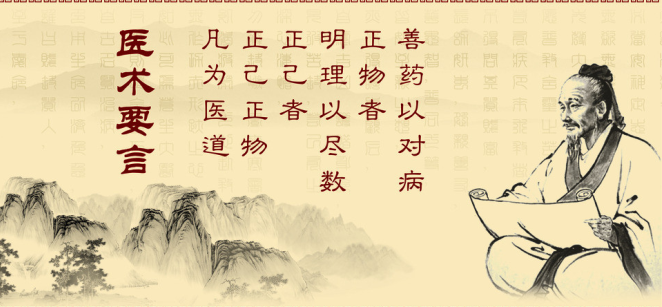The internal and external relationship between the liver and the gallbladder lies in the fact that both the liver and the gallbladder govern dredging and dispersing. The liver secretes and excretes bile while the gallbladder, attached to the liver, stores and excretes bile. The bile, coming from the liver and stored in the gallbladder, is excreted into the small intestine to assist digestion. Such a movement of the bile is accomplished by the free and smooth activity of qi to be ensured by the dredging and dispersing functions of the liver. However, the dredging and dispersing functions of the liver can be affected by the state of the gallbladder.

The mutual action of the liver and the gallbladder on the flow of qi is due to the fact that both the liver and the gallbladder govern the activities of dredging and dispersing. For example, failure of the liver to dredge and disperse may lead to inhibited flow of gallbladder-qi and unsmooth excretion of the bile; stagnation of the bile may affect the functions of the liver to dredge and disperse, leading to stagnation of liver-qi. Furthermore, failure of both the liver and the gallbladder to dredge and disperse will inhibit the excretion of the bile, bringing on hypochondriac pain, jaundice and anorexia.

![Diseases, Symptoms, tcm, [tcmwindow.com]](/uploadFile/adImg/2015/4/24/6de633b8-0a7a-4546-868a-02389edf5c65.png)





